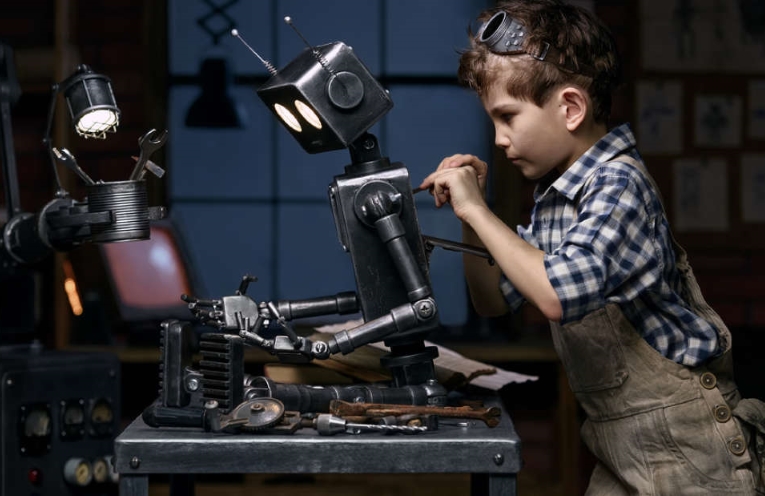IBM – using either a TARDIS, DeLorean, or just a bunch of clever people in a room – has come up with some predictions for the year 2022. The appropriately named “5 in 5” list suggests five monumental technological developments that will take place before the next five years are up, starting at number one with artificial intelligence (AI).
AI is generally considered to be the harbinger of the next scientific renaissance. Right now, we have “dumb AI”, the type that can beat human players at chess or games of GO using complex decision-making logic trees. However, one day, it’s likely humanity will create a “smart AI”, the type that comprehends emotions, can hold true conversations, and is pretty much indistinguishable from a person.
IBM suggests that even before we reach this dramatic point in time, AI will be able to process speech and writing patterns so quickly that it’ll be able to track changes in our mental state. Apps on common smartphones, listening in to our conversations, will be able to calculate when possible degenerative neurological disorders are negatively impacting our cognition.
Within the next five years, IBM predicts that experimental systems already around today will become more refined and accessible, allowing anyone to monitor important speech changes.
IBM also sees a 2022 where AI will allow humans to have superhero vision.
Already, we have lenses and glasses that allow us to see the world in a different light, literally – from infrared to microwave wavelengths. The company suggests that if AI programs augment these lenses, then they could become immediately responsive to their surroundings.
For example, if you’re driving in fog, the AI would recognize this and switch to a wavelength of light that would penetrate it, allowing you to see through it.
Their third prediction involves “macroscopes”, a somewhat obtuse term for seeing things on a grand scale.
Today, there are thousands of satellites orbiting Earth that, in real-time, reveal heat signatures, criminal activity, troop movements, crop yields, hurricane locations, and so on.
IBM suggests that by 2022, all this data will become combined to such an extent that analyzing interconnected phenomena, like climate change, will become more efficient and precise – and perhaps predictive – than ever before.
And then, there are “labs on a chip”, small devices that can fit into the palm of your hand and diagnose you for a range of illnesses and conditions. Right now, these are mostly in the prototype stage, and short of a FitBit-like device letting you know if you have an abnormal heartbeat, almost everyone goes to the doctor to get their general health checked out.
GPs will still be as vital as ever by 2022, of course, but IBM predicts that these miniature biochemistry laboratories will become so commonplace that your health stats can be checked at the tap of a screen. If these chips are connected to the health service, your local GP can be alerted if anything untoward is detected – and this could save your life.
Lastly, smart sensors are on IBM’s radar. These tiny devices – which detect poisonous gas leaks, temperature changes, or damage – already exist, but they often require human input to correct the problem.
Newer versions aren’t just being linked to the Internet, they can also power themselves. Throw in a little AI and you’ve got a self-sustaining system than can fix some problems all by themselves.
So, which do you think will become a reality? Considering that IBM have a pretty good track record in this regard, we’d suggest not betting against these crystal ball owners.

